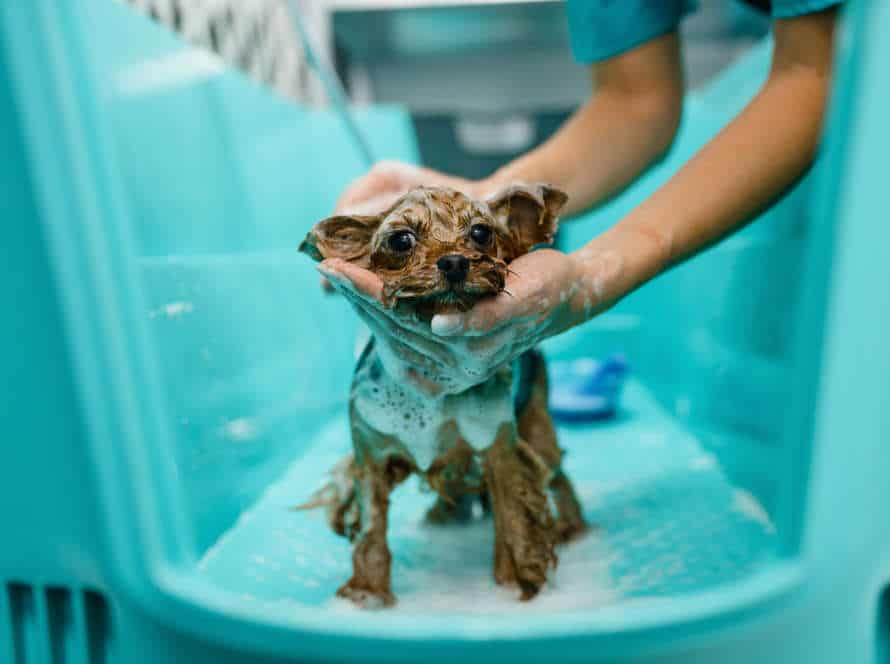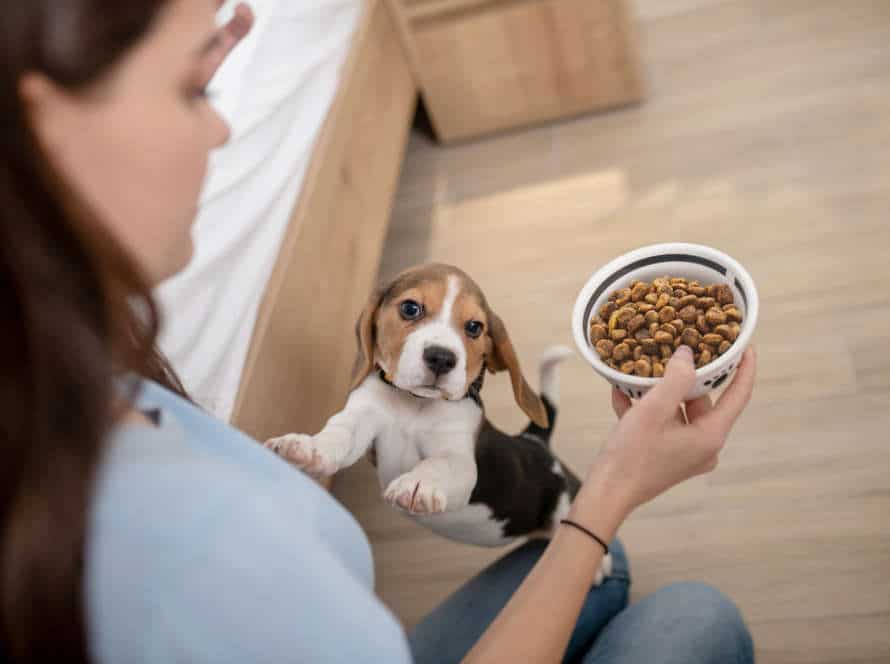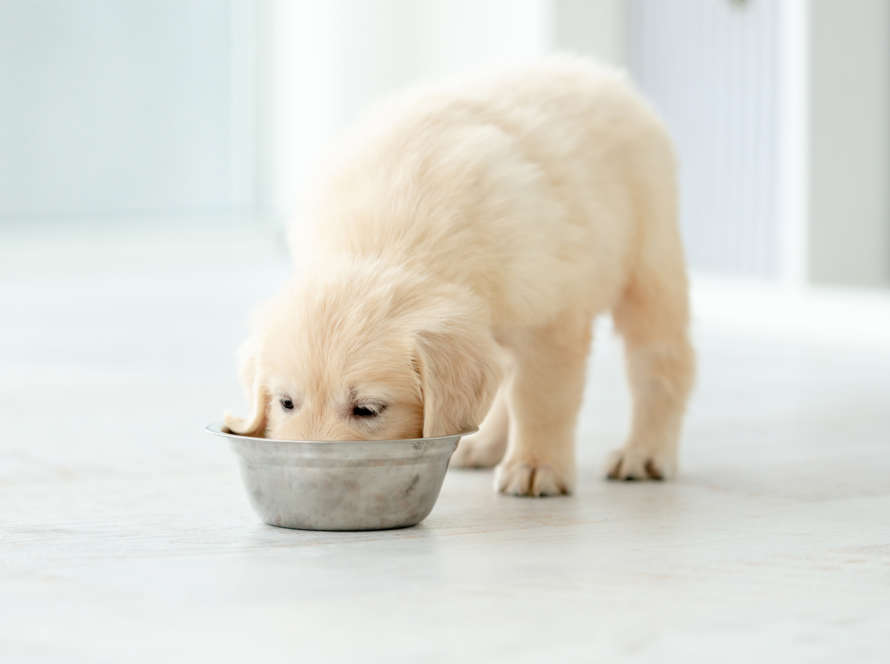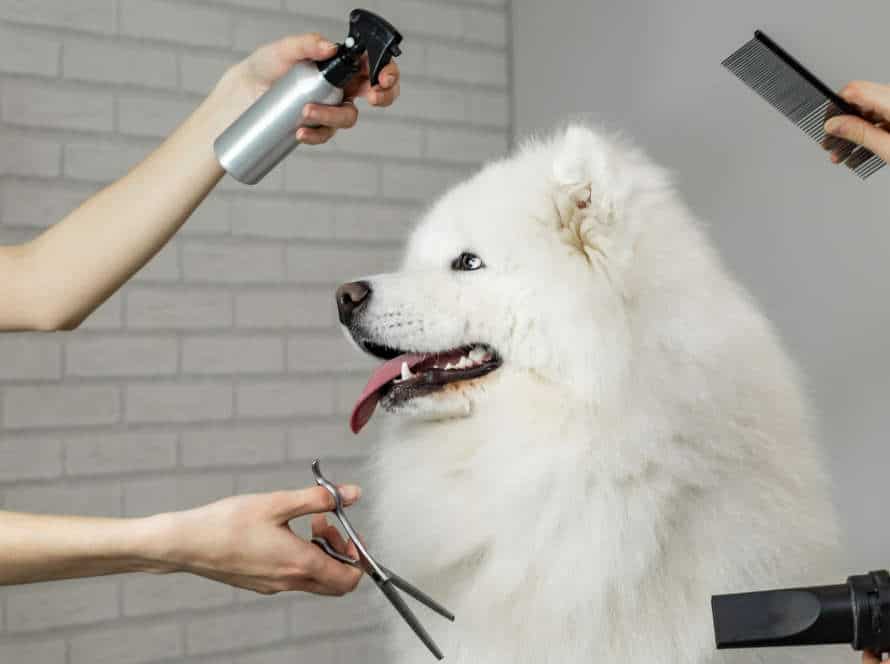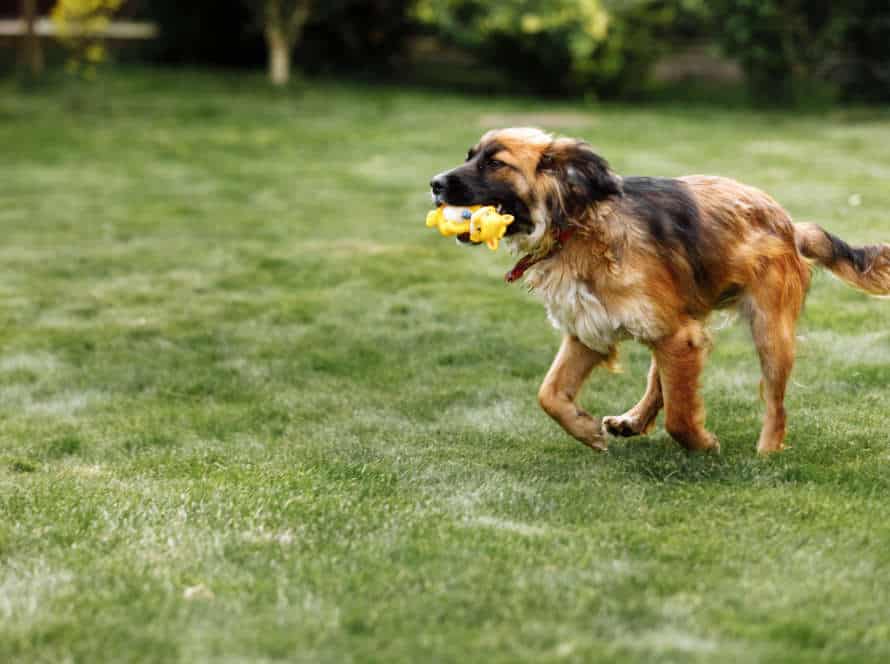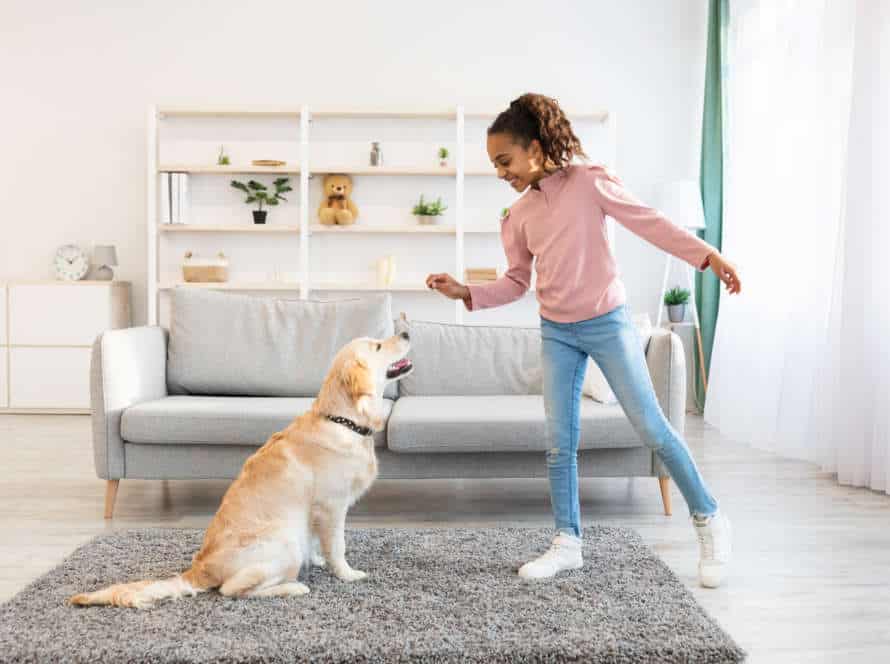Positive Reinforcement Techniques: A Step-by-Step Guide for Dog Owners
Positive reinforcement techniques are great and kind ways to train pooches. To teach your dog the right habits, here’s what to do:
- Identify the behavior you’d like your pup to learn.
- Give a cue or command that will get the desired behavior.
- Whenever the pet does what you want, give it treats or compliments.
- Be consistent with the same cue, reward and reaction.
- Cut back on treats and use more verbal praise and physical affection.
- Rather than punishing bad behavior, reward the good and redirect the bad.
Remember, these techniques won’t work exactly the same for every dog. Be patient and try different things until you find what works best for your pup.
The Importance of Positive Reinforcement in Training Your Dog
Train your pup with positive reinforcement tech! Give rewards like treats and verbal praise for good behavior. This type of reinforcement is great for teaching new things and helping your dog understand expectations. Positive reinforcement creates a positive relationship between you two, strengthens communication, and builds a stronger bond.
The Science Behind Positive Reinforcement
Positive reinforcement is a scientifically-proven way to train dogs. Instead of punishing bad behavior, it rewards good behavior. This technique not only helps with obedience but also strengthens the bond between dog and owner.
To use positive reinforcement, here’s a guide for owners:
- Identify the desired behavior.
- Use a marker signal – like a clicker or verbal cue – to signify the desired behavior.
- Give a reward – a treat, praise, or playtime.
- Repeat the process.
By following these techniques, owners can see great results in their dog’s behavior and obedience.
The Negative Effects of Using Punishment in Dog Training
Punishment training for your pup can have bad effects and long-term bad results on its mental and emotional state. Instead, positive reinforcement is a more efficient and humane way to train your furry pal.
Punishment-based techniques may stop unwanted behavior for a short time, but it can make your pup scared, stressed, and anxious. This can even lead to aggressive behavior and a lack of connection with you.
Contrastingly, positive reinforcement concentrates on rewarding good behavior, building trust, and strengthening the bond with you. With this technique, training is a fun and enjoyable experience for your dog, resulting in faster and more enduring results.
Here is a step-by-step guide:
- Identify the behavior you want to reinforce.
- Choose rewards, like treats or praises.
- Reward your pup right after exhibiting the desired behavior.
- Repeat the process until the behavior is learned and reinforced.
Pro Tip: Train your pup in a peaceful and relaxed atmosphere, making sure they get enough exercise and rest.
The Benefits of Positive Reinforcement for Your Dog’s Training and Wellbeing
Positive reinforcement techniques can bring many benefits to your pup’s wellbeing and behaviour! Instead of punishing your pup for mistakes, reward them for exhibiting the desired behaviour. This method has been shown to be more effective in achieving lasting results. Here are the benefits:
- Improved behaviour – Positive reinforcement helps build a strong bond and leads to better behaviour.
- Reduces fear & anxiety – By avoiding intimidation, stress levels are reduced.
- Fosters good relationship – Your pup will understand your expectations and feel more comfortable around you.
- Stimulates the mind – Reward-based activities keep their mind active and stops boredom.
Positive reinforcement techniques can create a positive training environment and a happy relationship between you and your pup.
Developing Positive Reinforcement Techniques
Positive reinforcement? A must for puppy and dog training! This type of training sees desirable behavior rewarded with something the pup values. Plus, it reduces stress and fosters a strong bond between pet and owner. Want to learn? Here’s an overview of positive reinforcement techniques and how to use them to promote good behavior in your pup!
Understanding your Dog and Their Behavioral Patterns
Comprehending your pup’s doings is necessary for constructing positive reinforcement techniques. Positive reinforcement training is about awarding desirable behavior and disregarding undesired behavior. Whether it’s guiding your dog new abilities or revising bad habits, positive reinforcement can build trust & assurance between you and your furry mate.
To begin:
- View your dog’s doings routinely to understand their necessities and motivation.
- Administer rewards like snacks, hugs, or vocal admiration to back up good behavior.
- Evade punishments like shouting, striking, or loneliness, as this can wreck your dog’s trust in you.
- Educate fresh tricks gradually and regularly, beginning with the fundamentals.
- Sustain a positive attitude around your dog, even during complex moments.
Keep in mind, every dog is different and possesses its own individual personality. Be patient, caring, and consistent in your training approaches, and you’ll have a faithful and content companion in no time.
Positive Reinforcement Approaches: Clicker Training, Treat Rewards, and Verbal Praise
Positive reinforcement is efficacious for training your pup. Different approaches exist. Clicker training, treat rewards, and verbal praise are three techniques dog owners can use to encourage good behavior.
Clicker training involves a plastic device that makes a clicking sound when pressed. This sound means the dog has done something right and will be rewarded.
Treat rewards include giving your dog a small morsel when they show good behavior. These snacks can be phased out as the behavior becomes automatic.
Verbal praise uses positive words and vocal tones to reward good behavior. It can be used on its own or with other methods.
Combining techniques is often most successful. Find what works best for your dog and remain consistent in your approach.
Creating Inspiring Positive Training Environment
Constructing a stimulating, upbeat training atmosphere is essential to the success of positive reinforcement techniques when training your pup. This means awarding them for good behavior rather than punishing them for bad. Here’s how to create such an environment:
- Begin in a peaceful, undisturbed spot.
- Use treats, kind words, and snuggles to encourage great conduct.
- Keep it brief – no more than 15 minutes – so they remain focused.
- Utilize clear and consistent signals and directions to help them learn better.
- Refrain from physical punishment, screaming, and negative reinforcement.
Pro tip: Make sure the rewards you give are something your pup appreciates. Also, always close each training session with a positive note to solidify good behavior. Consistency is vital, so make sure everyone in your home follows the same positive reinforcement strategies to boost desirable actions.
Step-by-Step Guide to Positive Reinforcement Training
Positive reinforcement training is an amazing tool! It helps dog owners form a strong connection with their pup. It rewards positive behaviors, and discourages negative ones. This guide explains the basics of positive reinforcement techniques that can be used in dog training. How does positive reinforcement work? And what are the different methods? Let’s find out!
Luring and Capturing Behaviors and Actions
Luring and capturing are two techniques for teaching dogs new behaviors and actions using positive reinforcement.
Luring involves guiding a dog’s action with a treat. Capturing rewards a dog for exhibiting a behavior or action on their own. Here’s a guide:
Luring:
- Give your dog a treat they love.
- Hold the treat near their nose, and move it in the direction you want them to go or the action you want them to do.
- Reward your pup with the treat when they move in the desired direction or perform the desired action.
- Gradually fade out the treat over time.
Capturing:
- Watch your dog for natural behaviors or actions you want to reinforce.
- Mark it with a clicker or verbal cue like “yes!” when you see it.
- Reward your pup with a treat or positive attention.
- Reinforce the behavior or action each time you see it.
These techniques help create a bond between dog and owner without fear-based training.
Shaping New Behaviors: Training from the Ground Up
Train your pup with positive reinforcement! A beginner’s guide:
- Start small – basic commands like ‘sit’, ‘stay’, and ‘come’. Use treats, toys, and praise as rewards.
- Break complex behaviours into smaller steps. Eg. If teaching ‘roll over’, start with ‘lie down’ and then ‘roll onto one side’.
- Clicker training can be helpful. Click when pup does right thing, then offer treat.
- Timing is important – reward pupper immediately after they do the desired behaviour. This reinforces the behaviour, and speeds up learning.
- Consistency is key – use same cues, same rewards when training.
Positive reinforcement is a humane and effective way to teach pups. With time, patience and consistency, you can shape new behaviours in your furry buddy!
Maintaining Positive Training Habits to Guarantee Success
To guarantee success in training your dog, it’s essential to keep up good training habits. Here are some of the best practices:
- Be consistent – form a routine for sessions and be consistent with cues and rewards.
- Set achievable goals – break down complex activities into simpler parts and take it step by step.
- Use clear commands – one-word commands help avoid confusing your pup.
- Show patience – dogs learn at their own speed, so progress might be slow. Be patient and don’t get mad.
- Reward good behavior – reward good behavior quickly and consistently to encourage it in the future.
- No punishment – Positive reinforcement is about praising the good, not punishing the bad.
By following these tips, your training will be successful!
Troubleshooting Common Training Obstacles with Positive Reinforcement
Positive reinforcement is tops for training a pup. Reward good behavior with treats, toys, words of praise, or physical affection. To master these techniques, understand the struggles dog owners face when training their pets. And know different strategies to conquer them.
Reinforcing Unwanted Behaviors by Accident
As a pup parent, you may not realize you are reinforcing bad behaviors by mistake. Here are some typical examples and how to fix them with positive reinforcement:
- Demand barking: If you give into your dog’s barking for attention or food, they are learning to do it again. Instead, wait until they stop barking and then give them a reward.
- Jumping: If you pet or give attention when your dog jumps, they think it’s okay. Instead, ignore them until all four feet are on the ground. Then, give them a reward.
- Leash pulling: If you let your dog pull you on a leash, they learn that this is okay. Instead, use positive reinforcement to teach them to walk politely. Reward them for walking beside you.
Positive reinforcement training means rewarding good behavior and ignoring or redirecting bad behavior. Do this consistently and your pup will learn good habits.
Pro tip: Be persistent and consistent with your positive reinforcement training. It may take time for them to learn, but with patience and consistency, they will develop good habits.
Boredom, Impatience and Frustration in Positive Training Sessions
Boredom, impatience and frustration can be issues when training your pup with positive reinforcement techniques. This is likely due to lack of variety, slow progress and high expectations.
To combat this, try these tips:
- Boredom – Keep things interesting! Change up your training methods, offer different treats and rewards, and add in new tricks.
- Impatience – Don’t expect quick results! Progress slowly and celebrate the small victories.
- Frustration – If it’s not going as expected, take a step back. Break complex training into simpler steps and develop a plan for how to correct it.
Positive reinforcement training takes time and patience, but it’s worth it! It will benefit both you and your doggo.
Establishing Effective Communication with your Pooch
To communicate with your pup effectively, positive reinforcement is vital. Here are some ways to do so:
- Treats, play, and praise your dog when they do what you want.
- Use a calm voice and body language when giving commands.
- Keep commands consistent for all family members and situations.
- Focus on one command each time.
- Don’t punish physically – it can damage communication.
Patience and persistence are must-haves. Positive reinforcement promotes a strong connection with your pet while teaching them good behavior. Tip: Set small, achievable goals in training to track progress and make adjustments as needed.
Incorporating Positive Reinforcement in Everyday Life
Positive reinforcement is a great way to reward your pup for desirable behavior! Promptly rewarding your dog will help them to understand what you want them to do. It will also make teaching your dog new tricks and commands a breeze. Here’s a how-to guide for using positive reinforcement daily:
Positive Reinforcement: Making Your Dog’s Behavioral Training Effective
Positive reinforcement is the key to successful and enjoyable training for both you and your pup. Here are some ways to use it:
- Treat, toy, or praise your pup for good behavior ASAP.
- Use a clicker to let your pup know when they’ve done something right.
- Cue them verbally and with physical gestures.
- Be consistent in rewards and commands.
Positive reinforcement strengthens your bond with your pet. Remember: don’t punish your pup for bad behaviour. Instead, redirect their behaviour into something positive.
Creating Positive Reinforcement Memories for Your Pet
Positive reinforcement is a great way to build strong and lasting relationships with your pet. To create positive memories, use positive reinforcement techniques in your pet’s life. Here’s a guide:
- Find out what rewards your pet prefers – treats, toys, or praise.
- Train your pet with positive reinforcement techniques like clicker training or verbal cues.
- Always reward your pet for doing desired behaviors or tricks.
- Use positive reinforcement in daily routines like mealtimes and playtime.
- Give surprise rewards to strengthen positive reinforcement memories.
By using positive reinforcement, you can create a wonderful bond with your pet.
Long-term Success with Positive Reinforcement
Positive reinforcement can yield long-term success and strengthen the bond with your pup! To incorporate it, follow these steps:
- Begin by teaching basic commands like “sit” and “stay“.
- Be consistent and use positive reinforcement in the same way each time.
- Timing is key! Reward your dog within a few seconds of good behavior to reinforce it.
- Pick rewards that your pup finds motivating, like treats, playtime, or love.
- Proceed gradually and add more complex commands and behaviors as you train.
- Remember, positive reinforcement works best when used to reinforce good behavior, not as punishment for bad behavior.
Frequently Asked Questions
1. What is positive reinforcement in dog training?
Positive reinforcement is a training technique that rewards good behavior. Rather than punishing bad behavior, positive reinforcement focuses on rewarding the dog when it does something right. This type of training can help promote good behavior and strengthen the bond between dog and owner.
2. How can I use positive reinforcement in dog training?
Positive reinforcement can be used in a variety of ways. One common approach is to use treats to reward good behavior. For example, when a dog sits on command or stays when told, it may be given a treat. Other rewards can include praise, playtime, or other positive interactions. The key is to find a reward that motivates the dog and to use it consistently when the desired behavior is exhibited.
3. What are some benefits of positive reinforcement in dog training?
Positive reinforcement has several benefits compared to other training techniques. It helps create a positive association between the desired behavior and the reward, making it more likely that the dog will repeat that behavior in the future. Positive reinforcement can also help avoid negative side effects associated with spanking, yelling, or other forms of punishment. Additionally, positive reinforcement can help strengthen the bond between dog and owner.
4. When should I use positive reinforcement in dog training?
Positive reinforcement can be used in a variety of situations, from basic obedience training to more advanced tasks like agility training. It is particularly effective in situations where the dog is learning a new behavior or trying to overcome a bad habit. Positive reinforcement can also be used to encourage good behavior in social situations, such as when introducing the dog to new people or other animals.
5. How long does it take for positive reinforcement to work in dog training?
The time it takes for positive reinforcement to work can vary depending on the dog’s personality, age, and experience level. Some dogs may pick up on new behaviors quickly, while others may take longer. Consistency is key in any training technique, so it’s important to use positive reinforcement consistently over time. Patience is also important, as it may take several weeks or even months for the desired behavior to become a habit.
6. Are there any situations where positive reinforcement should not be used?
While positive reinforcement is generally a safe and effective training technique, there are some situations where it may not be appropriate or effective. For example, if the dog is exhibiting aggressive behavior or has a history of biting, other training techniques may be necessary to address the issue. Additionally, if the dog is not motivated by treats or positive interactions, another approach may be needed.


